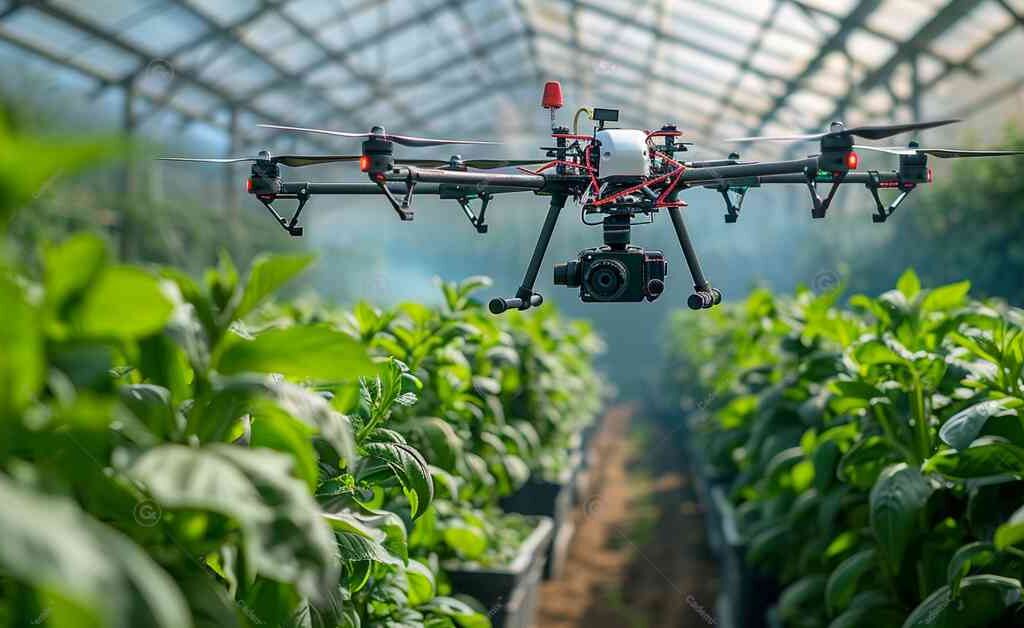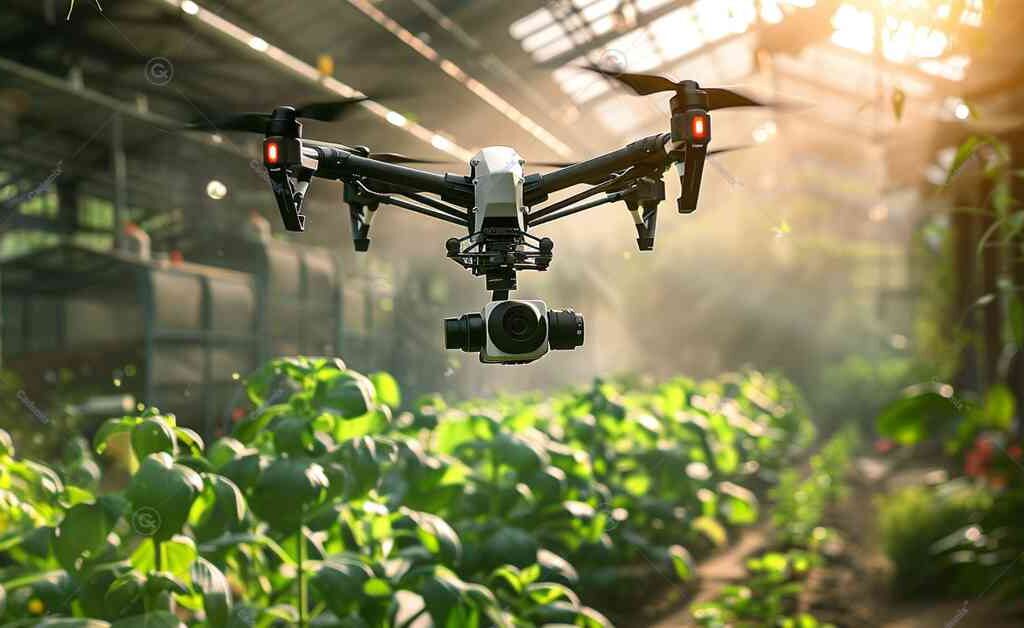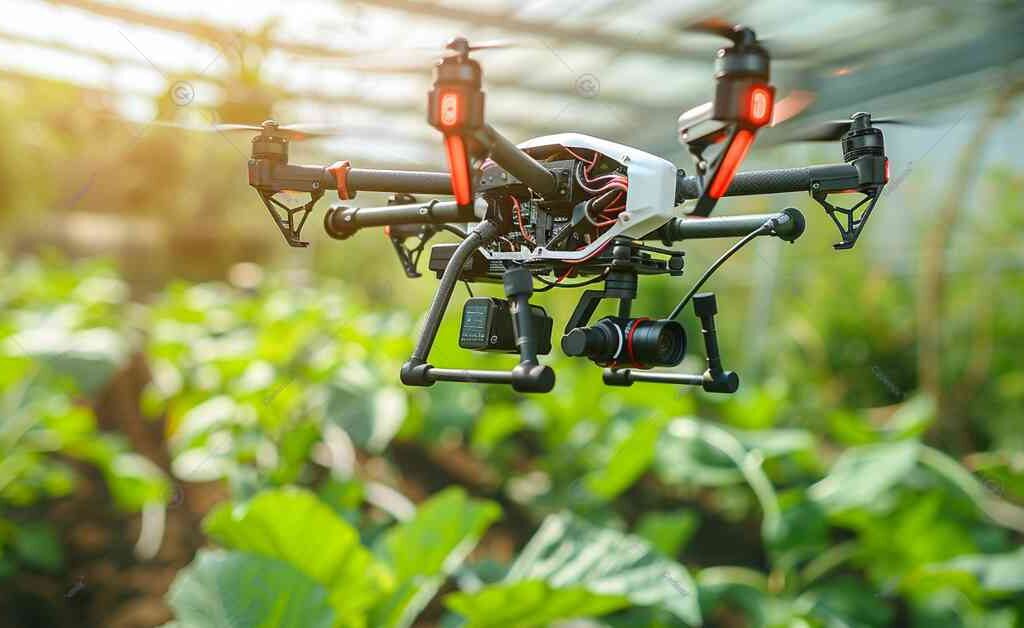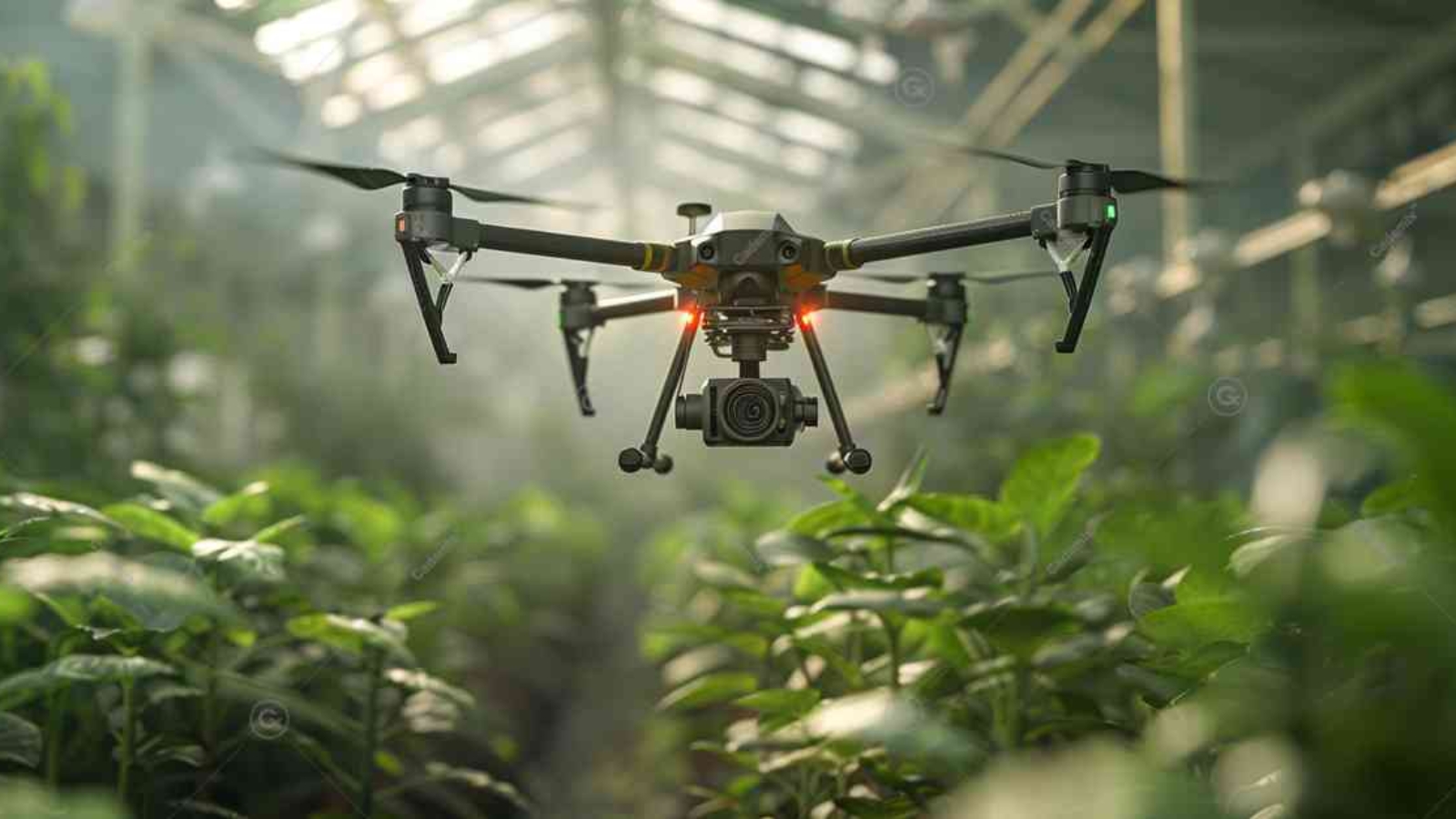Agriculture is undergoing a technological revolution, and one of the most significant advancements is the use of drones for spraying applications. AgriSpray drones are increasingly popular among farmers and agricultural professionals for their precision, efficiency, and cost-effectiveness. This comprehensive review delves into the specifications, advantages, and disadvantages of AgriSpray drones, and provides an overview of leading vendors in the market.
Keywords: AgriSpray drones, agricultural drones, drone spraying technology, precision agriculture, drone vendors, agtech
Understanding AgriSpray Drones
AgriSpray drones are unmanned aerial vehicles (UAVs) specifically designed for agricultural spraying tasks. These drones are equipped with sophisticated technologies that enable precise application of pesticides, herbicides, fertilizers, and other crop protection products. Here are the core components and specifications of AgriSpray drones:
Core Components and Specifications
- Frame and Structure: AgriSpray drones are typically built with lightweight yet durable materials such as carbon fiber or aluminum to ensure robustness and ease of maneuverability.
- Spraying System: Equipped with high-precision nozzles, these drones can spray liquids uniformly across fields. The spraying system often includes adjustable flow rates and droplet sizes to cater to different crop requirements.
- GPS and Navigation: Advanced GPS systems and autonomous flight capabilities allow for precise navigation and coverage of specified areas. Some drones also feature Real-Time Kinematic (RTK) positioning for enhanced accuracy.
- Tank Capacity: The tank capacity of AgriSpray drones varies, with common sizes ranging from 10 to 30 liters. Larger tanks reduce the frequency of refilling but may impact the drone’s flight time and agility.
- Battery and Flight Time: High-capacity lithium-polymer (LiPo) batteries power these drones, providing flight times typically between 15 to 30 minutes, depending on the payload and environmental conditions.
- Sensors and Cameras: Multi-spectral cameras and sensors enable real-time monitoring of crop health, identifying areas that require treatment and ensuring precise application.
- Control Systems: User-friendly control systems, often with mobile app integration, allow operators to plan and execute missions, monitor drone performance, and make adjustments on-the-fly.

Advantages of AgriSpray Drones
Precision and Efficiency
- Targeted Application: AgriSpray drones enable precise application of agrochemicals, reducing wastage and ensuring that only the targeted areas receive treatment.
- Uniform Coverage: Advanced nozzles and spraying mechanisms ensure uniform distribution of liquids, leading to consistent crop protection and nourishment.
- Reduced Drift: The controlled flight path and precision spraying reduce chemical drift, minimizing environmental impact and potential harm to non-target areas.
Cost-Effectiveness
- Labor Savings: Drones can cover large areas quickly, reducing the need for manual labor and associated costs. This is particularly beneficial for large-scale farming operations.
- Lower Chemical Use: Precise application reduces the overall quantity of chemicals needed, leading to cost savings and less environmental pollution.
- Operational Flexibility: Drones can operate in challenging terrains and conditions where traditional spraying equipment may struggle, ensuring timely applications and improved crop yields.
Safety and Environmental Benefits
- Reduced Exposure: Using drones for spraying minimizes human exposure to potentially harmful chemicals, enhancing worker safety.
- Environmental Protection: Precision application reduces runoff and leaching of chemicals into the environment, promoting sustainable farming practices.
- Minimized Soil Compaction: Unlike ground-based equipment, drones do not compact the soil, preserving soil structure and health.
Do you want to read more of Navigating New Technology in Agriculture?
Disadvantages of AgriSpray Drones
Initial Investment and Costs
- High Initial Cost: The purchase of AgriSpray drones and associated equipment represents a significant upfront investment, which may be prohibitive for small-scale farmers.
- Maintenance and Repairs: Drones require regular maintenance to ensure optimal performance, and repairs can be costly, especially if specialized parts or expertise are needed.
- Battery Limitations: Limited flight time due to battery capacity necessitates frequent recharging or battery swaps, which can disrupt operations.
Technical and Operational Challenges
- Weather Dependence: Drone operations can be affected by adverse weather conditions such as strong winds, rain, and extreme temperatures, limiting their usability.
- Regulatory Compliance: Operators must navigate complex regulatory frameworks governing drone use, including obtaining necessary licenses and adhering to flight restrictions.
- Skill Requirements: Effective operation of AgriSpray drones requires technical skills and training, which can be a barrier for some farmers.
Data Management and Integration
- Data Overload: The sensors and cameras on drones generate large volumes of data, which require proper management, analysis, and storage.
- Integration with Existing Systems: Integrating drone data with existing farm management systems can be challenging, necessitating compatible software and expertise.
Leading Vendors of AgriSpray Drones
Several companies are at the forefront of developing and supplying AgriSpray drones. Here is an overview of some leading vendors and their offerings:
DJI Agriculture
Overview: DJI is a global leader in drone technology and offers a range of agricultural drones under its Agras series.
Key Models:
- DJI Agras T30: Features a 30-liter tank capacity, advanced RTK navigation, and a robust spraying system with variable flow rates.
- DJI Agras T20: Equipped with a 20-liter tank, intelligent flight modes, and real-time obstacle sensing.
Advantages:
- Advanced flight control systems
- High payload capacity
- Comprehensive after-sales support
Disadvantages:
- Higher price point compared to some competitors
- Requires DJI-specific maintenance and parts

Yamaha Motor Corporation
Overview: Yamaha’s RMAX and Fazer series offer industrial-grade spraying drones designed for large-scale agricultural applications.
Key Models:
- Yamaha RMAX: A proven model with a large payload capacity, capable of carrying up to 28 kg of liquid.
- Yamaha Fazer R: Features improved flight stability and precision spraying capabilities.
Advantages:
- High payload and coverage area
- Established reputation in the agricultural drone market
Disadvantages:
- Limited availability in some regions
- Requires specialized training for operation
XAG
Overview: XAG is known for its innovative agricultural drones that combine AI and robotics to enhance farming efficiency.
Key Models:
- XAG P40: Equipped with a 20-liter tank, high-speed spraying capabilities, and real-time monitoring.
- XAG V40: Features dual-rotor design for enhanced stability and precision, with advanced AI-powered navigation.
Advantages:
- Innovative AI integration
- Competitive pricing
- Strong focus on sustainability
Disadvantages:
- Less established brand compared to DJI and Yamaha
- Limited global support network
Parrot Drones
Overview: Parrot offers versatile agricultural drones with a focus on affordability and ease of use.
Key Models:
- Parrot Bluegrass Fields: Designed for crop mapping and scouting, with multispectral sensors for in-depth crop analysis.
- Parrot Disco-Pro AG: Fixed-wing drone for large-area coverage, equipped with powerful imaging capabilities.
Advantages:
- Affordable options for small to medium-scale farmers
- User-friendly interface and operation
Disadvantages:
- Lower payload capacity for spraying
- Limited to mapping and scouting applications
Future Trends in AgriSpray Drones
Enhanced Autonomy and AI Integration
Overview: Future AgriSpray drones will likely feature greater autonomy, powered by advanced AI algorithms. This will enable more precise and efficient operations with minimal human intervention.
Expected Developments:
- Fully autonomous flight planning and execution
- Real-time AI-powered decision-making for optimized spraying
- Enhanced obstacle detection and avoidance systems
Find more of Drone technology in agriculture.

Improved Battery Technology
Overview: Advances in battery technology will extend the flight times of AgriSpray drones, reducing the need for frequent recharging and enhancing operational efficiency.
Expected Developments:
- Higher energy density batteries
- Faster charging solutions
- Hybrid power systems combining batteries with solar or fuel cells
Integration with Farm Management Systems
Overview: Seamless integration of drone data with comprehensive farm management systems will provide holistic insights and facilitate better decision-making.
Expected Developments:
- Unified platforms for data collection, analysis, and visualization
- Enhanced compatibility with existing agricultural software and hardware
- Real-time synchronization of drone data with farm operations
Sustainable and Eco-Friendly Solutions
Overview: As sustainability becomes a priority, future AgriSpray drones will focus on eco-friendly designs and operations.
Expected Developments:
- Use of biodegradable materials in drone construction
- Precision spraying to minimize chemical use and environmental impact
- Development of drones powered by renewable energy sources
Conclusion and Call to Action
AgriSpray drones represent a significant leap forward in agricultural technology, offering numerous benefits in terms of precision, efficiency, and sustainability. However, they also come with challenges related to cost, technical complexity, and regulatory compliance. By understanding the specifications, advantages, and disadvantages of these systems, as well as the offerings of leading vendors, farmers and agricultural professionals can make informed decisions about adopting this innovative technology.
For those interested in exploring the potential of AgriSpray drones and integrating them into their agricultural practices, consider joining the Cademix Acceleration Program. Our consultancy services and educational programs are designed to support stakeholders in navigating the complexities of agritech and achieving their strategic objectives.
Discover our Cademix Career Autopilot program and learn how we can help you stay ahead in the rapidly evolving world of ag equipment. For additional resources and insights on AgriSpray drones and other emerging technologies in

